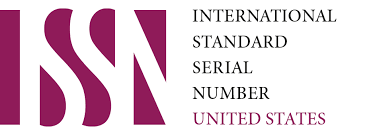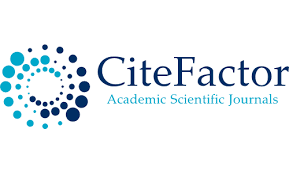Exploring the Conceptual Framework of Mobile Learning Technology
DOI:
https://doi.org/10.62480/tjpch.2024.vol28.pp18-20Keywords:
Mobile learning, mobile applications, primary educationAbstract
The idea of introducing new technologies to education is not new, and as a result, research on this topic has been carried out for years. However, the rate of introduction of new technologies in higher education in Uzbekistan is very slow. The purpose of this article is to propose a conceptual framework for the development of mobile learning, in particular, the introduction of mobile applications into the educational process in primary education. This goal is achieved by analyzing the existing measures and the existing foundations of mobile education, which are used to improve the quality of education through the active use of information and communication technologies. The proposed system includes three main elements: applied computing, information systems, and theory of computation. It is important that each of them is done correctly and that there is continuity between them.
References
Ally, M. (Ed.). (2009). "Mobile Learning: Transforming the Delivery of Education and Training." Athabasca University Press.
Chen, B., Seilhamer, R., Bennett, L., & Bauer, S. (2015). "Students’ Mobile Learning Practices in Higher Education: A Multi-Year Study." Journal of Computing in Higher Education, 27(3), 159-180.
Kukulska-Hulme, A., & Traxler, J. (Eds.). (2013). "Mobile Learning: A Handbook for Educators and Trainers." Routledge.
Usmonova, G. (2020). The etymological peculiarities of the modern English vocabulary. Экономика и социум, 70(3), 93-95.
Traxler, J. (2011). "Learning in a Mobile Age." International Journal of Mobile and Blended Learning, 3(1), 1-12.
Downloads
Published
Issue
Section
License

This work is licensed under a Creative Commons Attribution-NonCommercial 4.0 International License.
User Rights
Under the Creative Commons Attribution-NonCommercial 4.0 International (CC-BY-NC), the author (s) and users are free to share (copy, distribute and transmit the contribution).
Rights of Authors
Authors retain the following rights:
1. Copyright and other proprietary rights relating to the article, such as patent rights,
2. the right to use the substance of the article in future works, including lectures and books,
3. the right to reproduce the article for own purposes, provided the copies are not offered for sale,
4. the right to self-archive the article.












